
Rendel: Cycle of Revenge US rights has been acquired by Shout! Factory. A new trailer for the Finnish superhero film…



The modern film industry would not be what it is today without the use of versatile visual effects. In short, FX is the integration of a video image and elements created using different techniques. Initially, this meant using methods like Stop-Action and Stop-Motion. Today, special effects are mainly created on a computer.
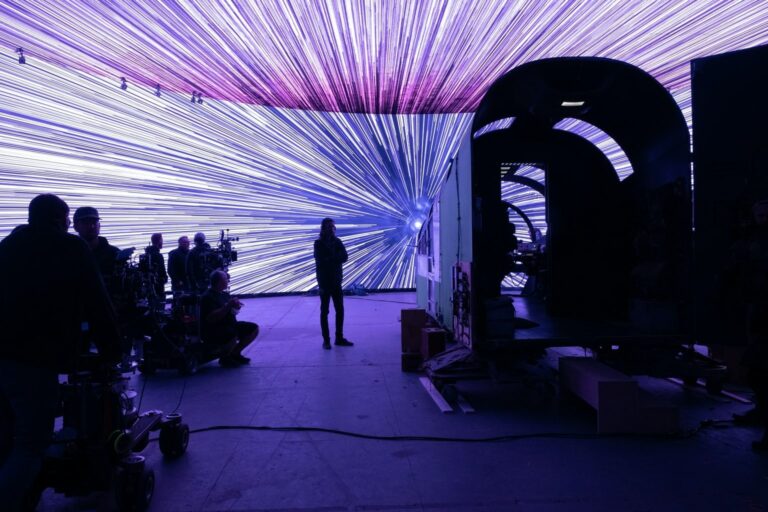
Thu 1st of Dec 2022 10:15AM
The world’s first “special effect” is considered to be the creation created by the Swedish-born art photographer Oscar Rejlander in 1857, where he combined the different parts of 32 negatives into one image.
On the other hand, the 18-second “The Execution of Mary, Queen of Scots”, created by American director Alfred Clark in 1895, was the first film to use special effects in the film industry.
The special effect used in the film in question is known as Stop-Action. In the film, the executioner raises his ax to cut off Queen Mary’s head, but the scene was edited to replace Mary with a mannequin.
French director Georges Méliès is famous for creating the early film special effects at the turn of the 1800s and 1900s. He is considered as the inventor of trick filming. Georges Méliès’ films were among the first to use Double Exposure, Slow-Motion and Stop-Motion, which allows static objects to move through sequential shots.
Increasing use of VFX and CGI
However, the real turning point of special effects was about 50 years ago, when “Star Wars” directed by George Lucas came out in 1977. The visual effects of the film were demonstrated to the American audience in the same year in the TV documentary “The Making of Star Wars”.
In “Star Wars” special effects were used, for example, by shooting a spaceship against a blue background with a computer-controlled video camera and by adding appropriate backgrounds. One scene included a stained glass window created by an artist.
Other examples of computer-aided special effects known to the general public are characters like ”Gollum” from Peter Jackson’s “The Lord of the Rings” movie trilogy (2001-2003) and James Cameron’s “Avatar” movie from 2009.
Naturally, these effects and movies have come a long way, if you consider that up to 92% of the Avengers: Endgame movie released in 2019 was created using VFX and CGI.
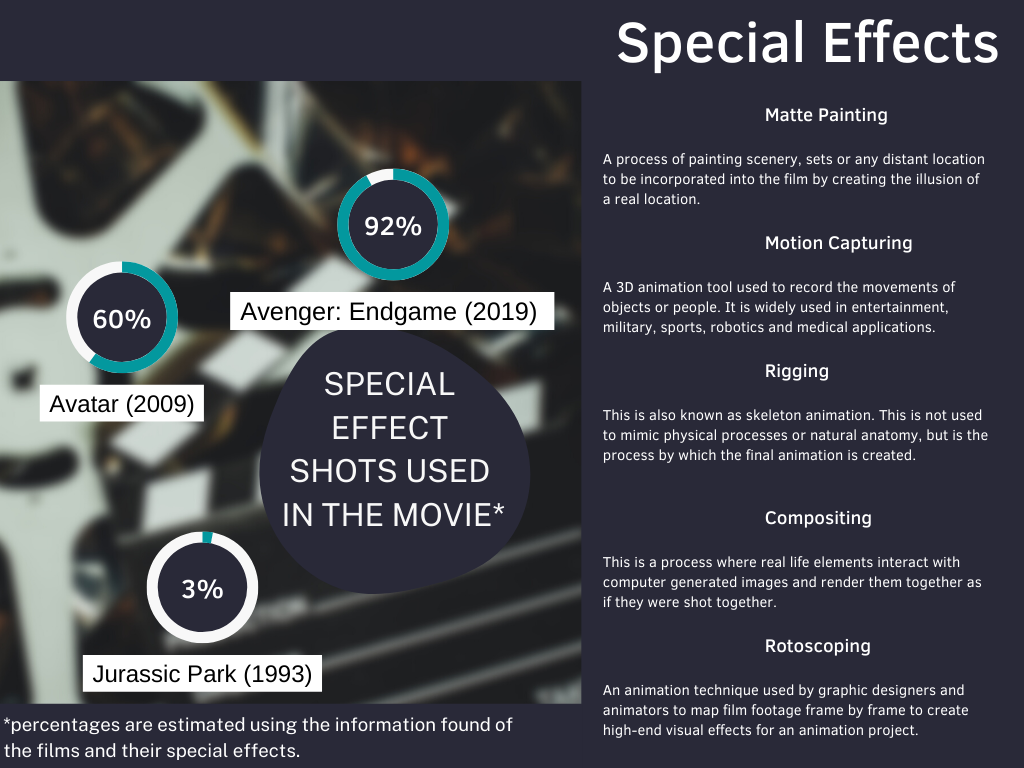
Creating sets and locations is at the heart of VFX
The current level of technology is a clear indication that special effects are expanding and improving – and for several reasons. Although these reasons have long since started to extend beyond filmmaking, VFX professionals still work mainly around films, but also in the world of video games, special effects are commonplace.
Visual effects are used in all different genres, not just sci-fi and fantasy films. In fact, it is estimated that already 90% of Hollywood films use advanced VFX techniques. Visual effects in movies are at their best when they work together with everything else. When done correctly, they should be seamless and not necessarily noticeable at all, or they make something look real and believable in the eyes of the viewer.
VFX enables, for example, the addition of locations, stunts and sets or the creation of large virtual worlds without expensive and time-consuming set projects.
Creating fire elements during post-production and controlling the weather, creating environments or characters that do not exist on set, and to create scenes that are too dangerous to shoot with real actors and crews present are very common in the world of VFX.
The rise of virtual studios
In a nutshell, virtual production is about real-time VFX, which has traditionally been part of post-production in the past. However, some things may be impossible to fix even in post-production.
Virtual Production is a combination of immersive technologies such as virtual reality (VR), mixed reality (MR) and augmented reality (AR). It also uses computer-generated imagery (CGI) combined with other immersive technologies and game engines, such as the Unreal Engine developed by Epic Games. The latest version, Unreal Engine 5, was released in April 2022.
Virtual LED studios bring entire teams together as the studios use real-time 3D engines to create photorealistic takes that are displayed on large LED walls behind physical takes using real-time rendering capabilities. The studio cameras are also synchronized to improve realism and depth of perspective.
The virtual LED studio enables lighting, sound and effects to be fixed on the spot. Special Effect Artists can experiment with different environments and lighting on-site. This also enables keeping the production on schedule.
For many productions, a virtual studio saves both time and money. It brings special effects and techniques, previously considered to be part of post-production, within the reach of the entire film crew and actors. This way, everyone involved in the filmmaking also has a more comprehensive understanding of the final result.
Virtual studios have been used in many big-budget films, such as the photorealistic drama-musical The Lion King (2019), and TV series such as The Mandalorian (2019). Special effects complete the filmmaker’s vision. It allows the audience to be taken on incredible journeys to alien worlds or dreamlike locations, further enhancing the cinematic experience.
Sources:
https://www.spokesman.com/stories/2017/may/24/visual-effects-optimism-in-star-wars-changed-movie/
https://people.computing.clemson.edu/~ekp/courses/dpa8150/assets/00_History.pdf
https://comicbook.com/starwars/news/how-rogue-ones-1600-vfx-shots-compare-to-bvs-marvel-movies-and-o/#9
https://www.toolbox-studio.com/blog/5-vfx-movies-that-broke-box-office-records/

Rendel: Cycle of Revenge US rights has been acquired by Shout! Factory. A new trailer for the Finnish superhero film…
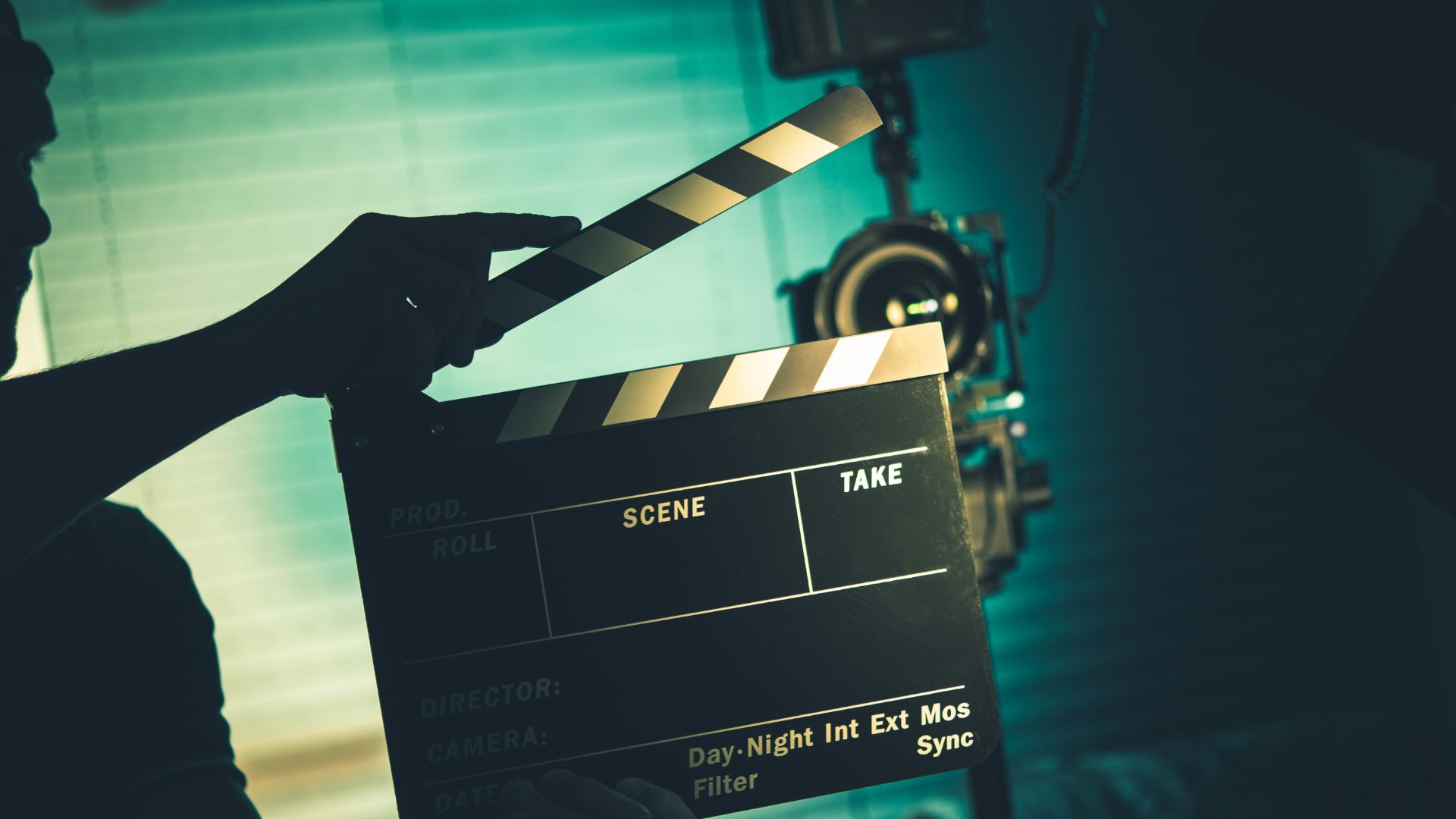
From 2022 to 2023, the film industry underwent a small improvement towards sustainability.
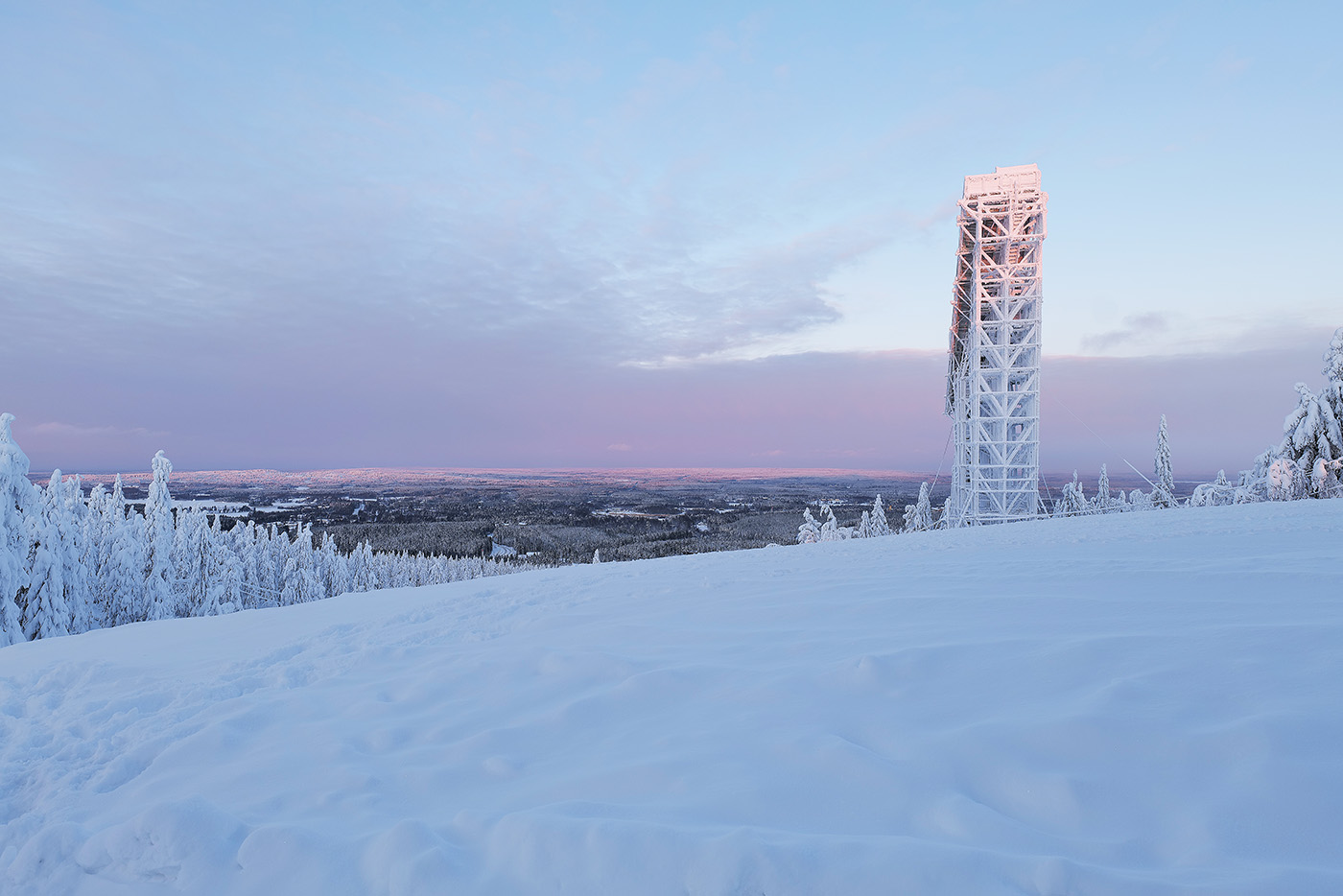
Finland's well-developed film industry infrastructure, including state-of-the-art studios and skilled professionals, makes it an attractive choice for productions of all…
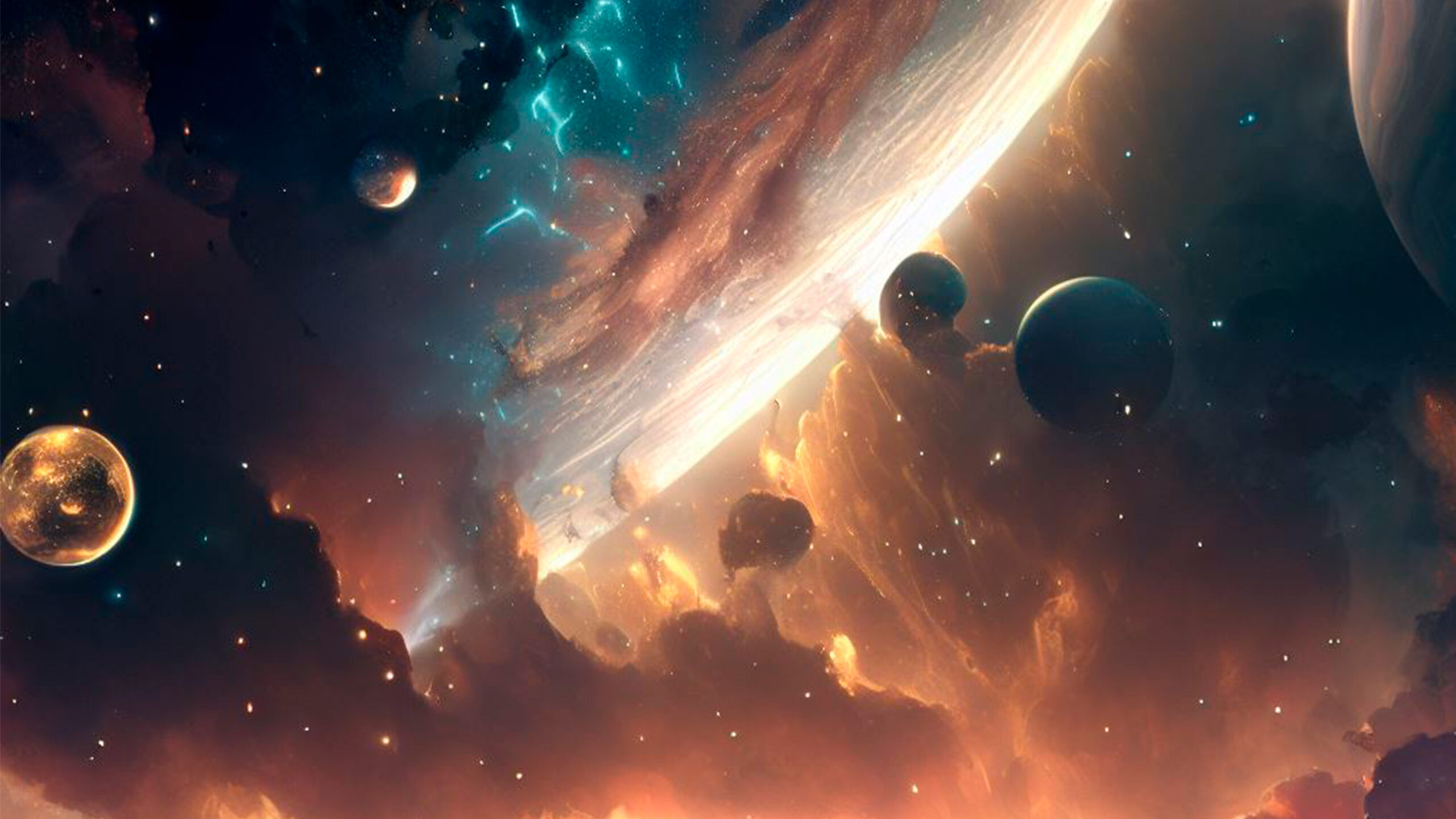
AI is revolutionizing VFX, giving artists powerful tools to push the boundaries of creativity and efficiency. AI technology is advancing…
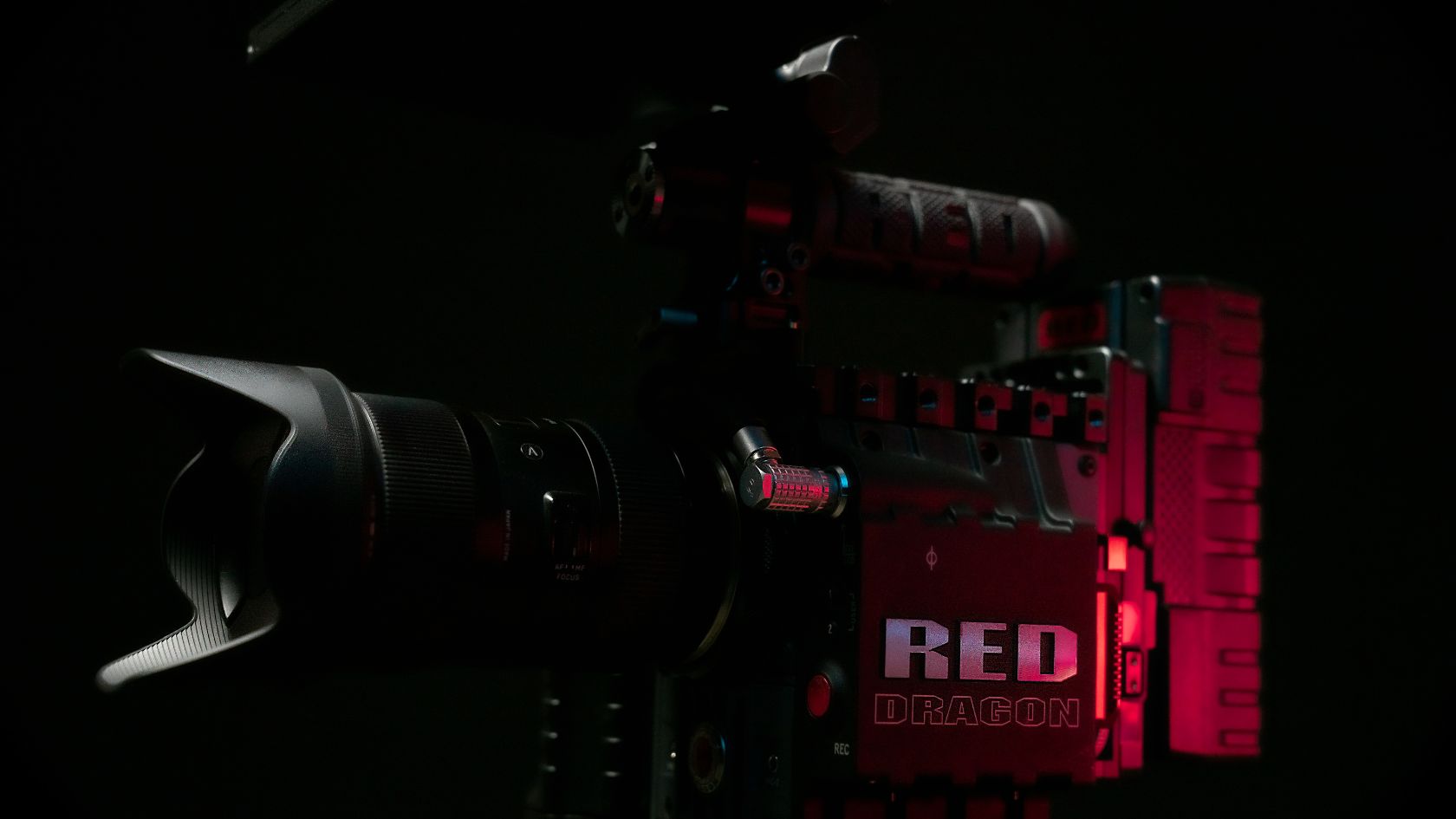
Sustainable filming equipment are here to stay. Read more about how ARRI and Red are keeping their cameras on the…
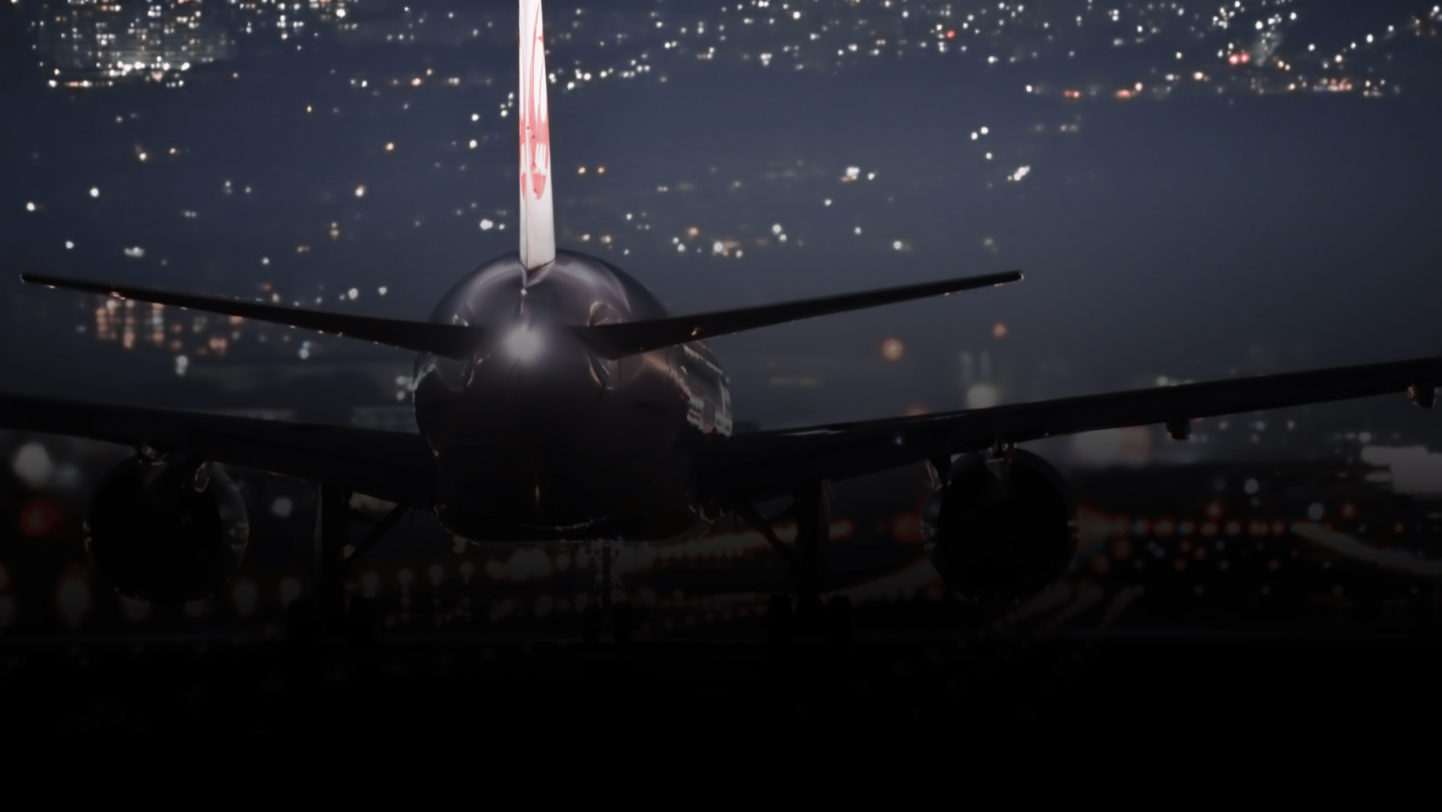
An international big-budget film can still generate tons of waste which increases its carbon emissions.